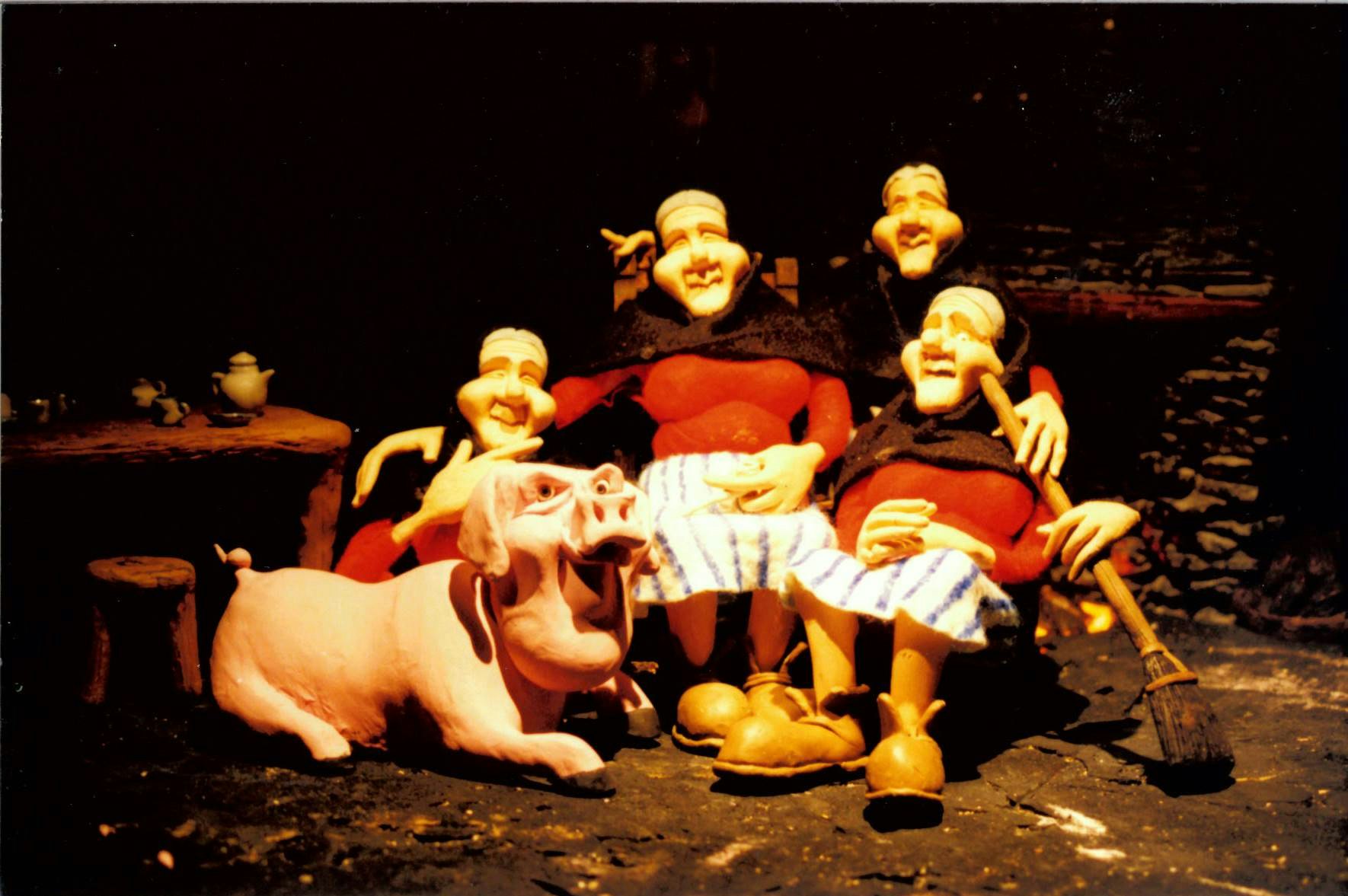
Around the (admittedly somewhat skimpy) amount of text the transcriptions of Peig’s delivery actually takes up are long introductions and copious notes offered by the hyperenthusiastic editors. The books themselves are divided into two, the Irish coming first, the English translation second, with images in the centrefold. They were malleable enough to incorporate Christianity when it came along, and yet to resonate personally with all those who heard and retold them. These are stories plucked at random from one continual whole, ones that expand and contract depending on the particular evening, the teller, or the need. Maybe, at a push, they could be called quixotic (apparently one of her stories takes its structure from Boccaccio’s Decameron), but there is something continual, something rolling about Peig’s tellings, that reacquaints the reader with the entirely separate oral tradition from whence they came. They then might meander back to some sort of a beginning, before stopping, suddenly, with no discernible conclusion, or definitive moral purpose.

These, like many of Peig’s stories, often start in the middle or at the end. What came to mind when reading them wasn’t Irish literature now (except for Claire Keegan’s short stories, perhaps) but tales from other folklores, such as the Native American tradition.

The stories, too, are compelling, allthough, for me, this was less to do with their content (which was certainly interesting enough) than with the stark difference in their structure and composition, compared with those we’re most familiar with in the western tradition (and thus in Ireland) today. Or how, on New Year’s Eve, “The youngest son, or the man of the house, would take the loaf in his hands and go to the door, and strike the loaf against it three times : “Enter happiness, exit misfortune! We banish famine to / The Turks / - or to Englishmen -, / from tonight till a year from now and ever after.” There’s the belief in magical happenings and spiritual omens that one would expect, of course (my own nana was a firm believer in ghosts, fairies and banshees), but really it’s the little details in Peig’s accounts that draw the reader in, such as how an “Ulsterwoman” invariably meant a woman with supernatural powers, or how, at Christmas, the table was “scrubbed with sand from the beach and warm water” to be made “bright as a shilling”. In other words, sufficient time has now elapsed that the life in Ireland that Peig describes, and the mystical, Celtic-Christian mind that she herself evinces, appear strange enough to be genuinely captivating. A life, not that long ago, in which the cloth for clothing had to be spun yourself, in which tea (in Peig’s parents’ time), or sugar (during the war), was a rare luxury, and in which one prayed, regularly, that your husband, brother or son would make it back from fishing trips alive. An Ireland half-pagan, half-Christian, in which people like Peig rarely if ever left the place they were born, and in which the loss of children, to emigration or death, was a regular occurrence. Both offer a painstakingly preserved record of an Ireland mostly lost now. Her first memoir, Peig, was introduced to the school curriculum in the 1960s, and was apparently so despised that her photograph was ripped from the book’s cover, stuck on classroom walls and used for target practice.īut don’t let that put you off. Her Reflections are a collection of her fireside stories.".dj.Many Irish Times readers will have come across the Blasket Islands seanchaí Peig Sayers before - some, no doubt, against their will. She was, as Robin Flower wrote in The Western Island, 'a natural orator, with so keen a sense of the turn of phrase and the lifting rhythm appropriate to Irish that her words could be written down as they leave her lips, and they would have the effect of literature with no savour of the artificiality of composition'. Students and scholars of the Irish languare came from far and wide to visit her. She was born in the parish of Dunquin in Kerry and married into a neighbouring island, the Great Blasket, where she spent most of her life. *"Peig Sayers was 'the Queen of Gaelic story-tellers'. The dust jacket is slightly soiled with a bit of edgewear, otherwise in very good condition.
PEIG SAYERS GRAVE FREE
There is an old newspaper article about the author attached to last free endpage, with resulting age-toning to opposite page. The binding is tight with hinges intact.

A very good, clean condition, with a previous owners name inked to inside front board (underneath dust jacket flap), otherwise free of previous owners marks or signatures.


 0 kommentar(er)
0 kommentar(er)
